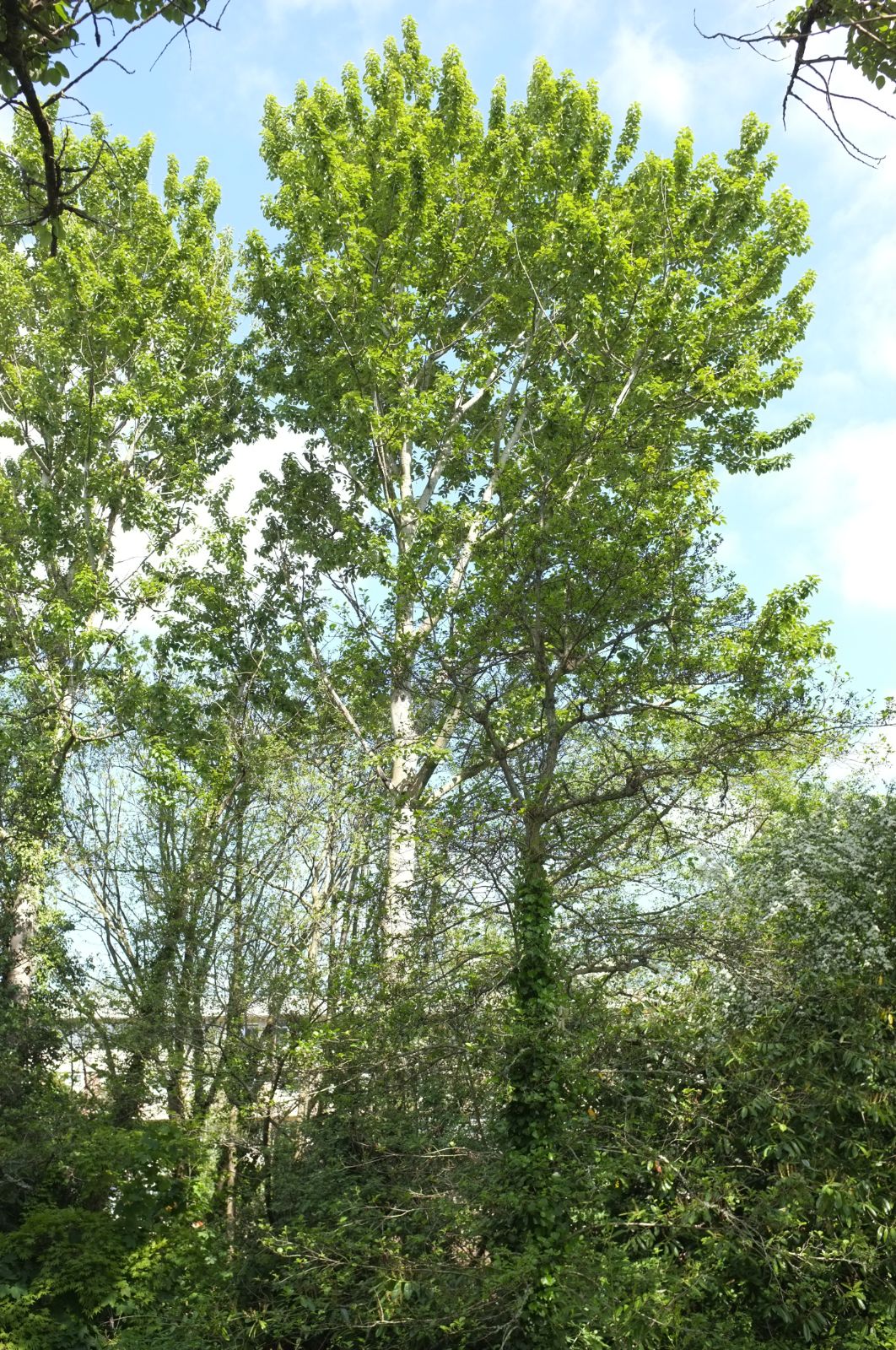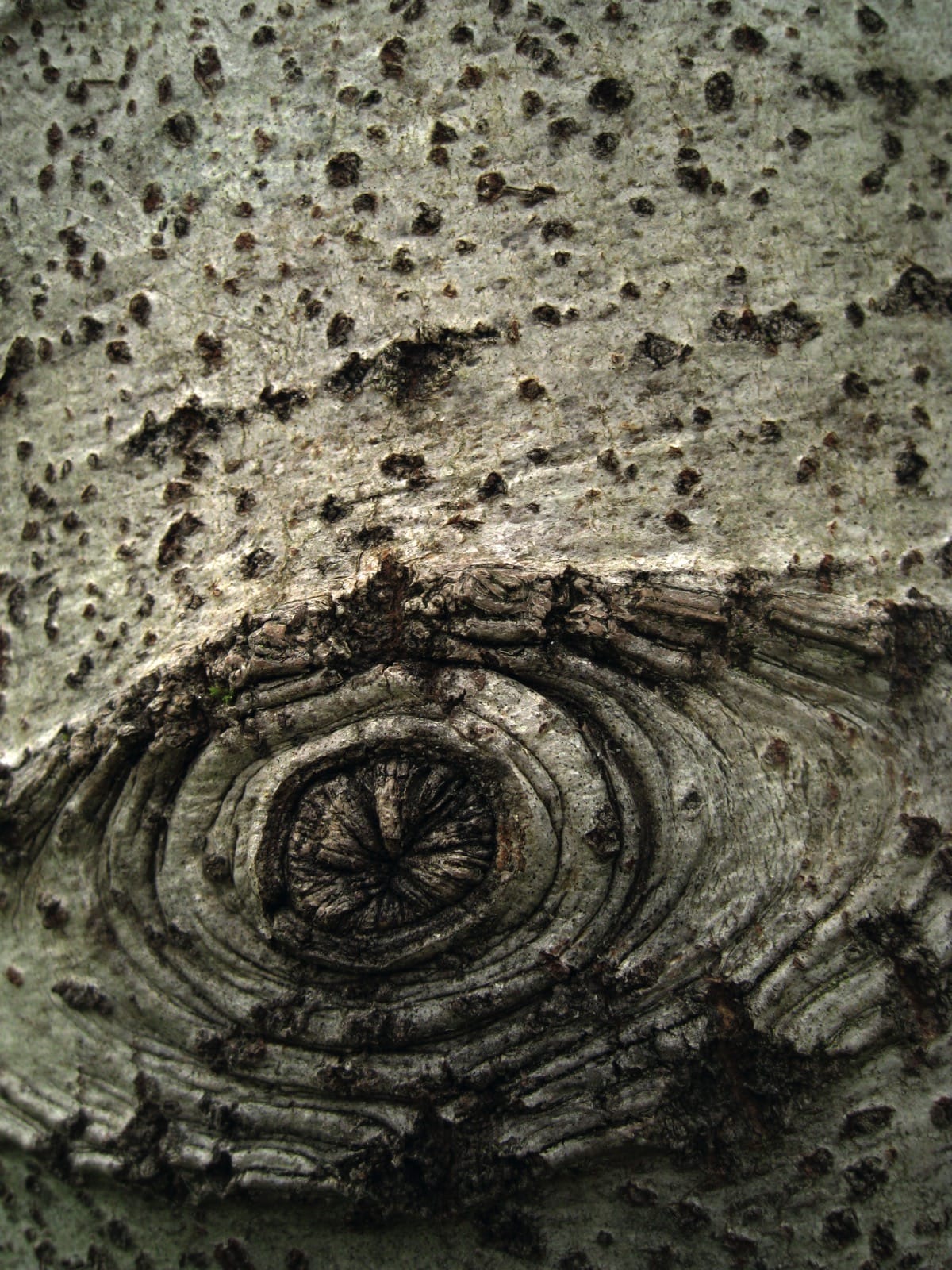Populus ciliata
Credits
Article from Bean's Trees and Shrubs Hardy in the British Isles
Article from New Trees by John Grimshaw & Ross Bayton
Recommended citation
'Populus ciliata' from the website Trees and Shrubs Online (treesandshrubsonline.
Genus
Other taxa in genus
- Populus acuminata
- Populus adenopoda
- Populus alba
- Populus angulata
- Populus angustifolia
- Populus balsamifera
- Populus × berolinensis
- Populus × canadensis
- Populus candicans
- Populus canescens
- Populus deltoides
- Populus fremontii
- Populus × generosa
- Populus glauca
- Populus grandidentata
- Populus heterophylla
- Populus koreana
- Populus lasiocarpa
- Populus laurifolia
- Populus maximowiczii
- Populus nigra
- Populus purdomii
- Populus sargentii
- Populus simonii
- Populus szechuanica
- Populus tremula
- Populus tremuloides
- Populus trichocarpa
- Populus tristis
- Populus wilsonii
- Populus yunnanensis
A tree to about 80 ft high in the wild, its bark deeply furrowed when old; buds viscous, about 1 in. long. Leaves ovate, acuminate, usually cordate at the base, 3 to 7 in. long, 2 to 5 in. wide, glabrous above, whitish and glabrous or sometimes finely downy beneath, margins finely crenated, usually ciliate; petioles 2 to 5 in. long, more or less terete. Male catkins 3 to 4 in. long; anthers oblong, much longer than wide, the female 6 to 12 in. long; rachis of catkins glabrous. Capsules glabrous, broadly ovoid, rather distant, distinctly stalked.
Native of the Himalaya up to about 10,000 ft, in secondary forest and by streams, often occupying terrain where the climax forest is composed of Pinus wallichiana or fir. It also occurs on the Tibetan side of the range along the Tsangpo. Although this species has been known since early in the last century, the few plants in cultivation are of recent introduction. One, at Wakehurst Place, Sussex, is a seedling collected in autumn 1983 in the Marysandi valley of the Annapurna Himalaya in central Nepal (Schilling 2684/D). It grew in oak conifer forest at about 8,000 ft. This is a strong grower, with hand-sized leaves greyish and reticulate beneath, ciliate at the edge even when mature. The others in the Wakehurst collection under this name are an introduction by the Forestry Commission from west Pakistan.
From New Trees
Populus ciliata Wall. ex Royle
Tree 20–25 m. Bark grey and smooth when young, becoming brown and rougher later; crown large and spreading. Branchlets brown, tomentose to almost glabrous; buds large, up to 2.5 cm long, sticky. Leaves deciduous, 10–17 × 7–12 cm, ovate to cordate, upper surface dull green and glabrous, lower surface greyish green and pubescent along the veins, seven to nine secondary veins on each side of the midrib, margins glandular-serrate, densely ciliate, apex acute to acuminate; petiole 5–12 cm long, downy. Staminate catkins 6–10 cm long, rachis glabrous. Pistillate catkins to 15–30 cm long, rachis glabrous or pubescent. Capsule with four valves, ~1 cm long, glabrous or pubescent. Flowering April to May, fruiting June (China). Grierson & Long 1983, Fang et al. 1999. Distribution BHUTAN; CHINA: Xizang, Yunnan; INDIA; MYANMAR; NEPAL; PAKISTAN. Habitat Montane woodland, between 2200 and 3400 m asl. USDA Hardiness Zone 8. Conservation status Not evaluated. Illustration Fang et al. 1999; NT652. Cross-reference S391. Taxonomic note Flora of China (Fang et al. 1999) recognises four varieties of P. ciliata; of these, only var. ciliata occurs outside China.
Populus ciliata is a handsome large tree, notable for its attractive light grey bark when young, and large cordate leaves with pale undersides. It seems to have been introduced to the Forestry Commission’s Research Station at Alice Holt, Surrey in 1959 when material was sent from the Forest Research Institute in Dehradun, India. This accession is still cultivated among the very large reference collection of Populus grown as coppiced stools at Alice Holt (R. Jinks, pers. comm. 2008), but has also been distributed elsewhere, including to Kew. Several collections made in the wild have resulted in specimens becoming established in British arboreta: for example, Schilling 2684 from the Annapurna area, Nepal in 1983, and Sinclair & Long 5699 from the Thimpu area of Bhutan in 1984. In consequence it is represented in several collections, and it seems to thrive throughout the United Kingdom. The tallest individual recorded was 19 m (43 cm dbh) at Sandling Park, Kent (TROBI). This specimen, and another excellent tree of approximately 17 m (in 2008) at the Hillier Gardens, derive from stock imported by the Forestry Commission from the Valley of the Bee, Punjab, India (as P. ciliata clone 104) and passed on from Kew in 1984 (Kew records). In addition to being a good ornamental (though it needs to be given ample room in the arboretum), it is an important poplar for agroforestry, being used in many parts of the world for a variety of purposes, including erosion control (World Agroforestry Centre 2008).


